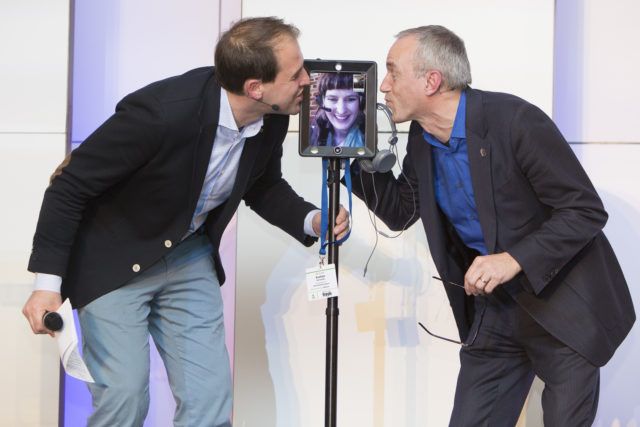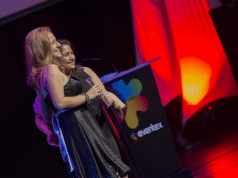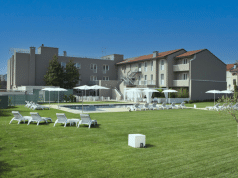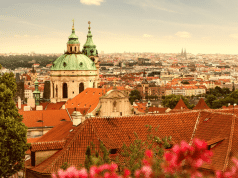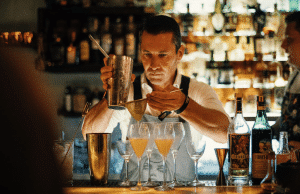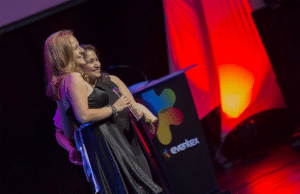ONLY WITH CLEARLY DESCRIBED AND PRIORITIZED GOALS WE SHOULD START THE MEETING DESIGN BECAUSE DESIGN NEEDS TO SUPPORT THE OBJECTIVES.
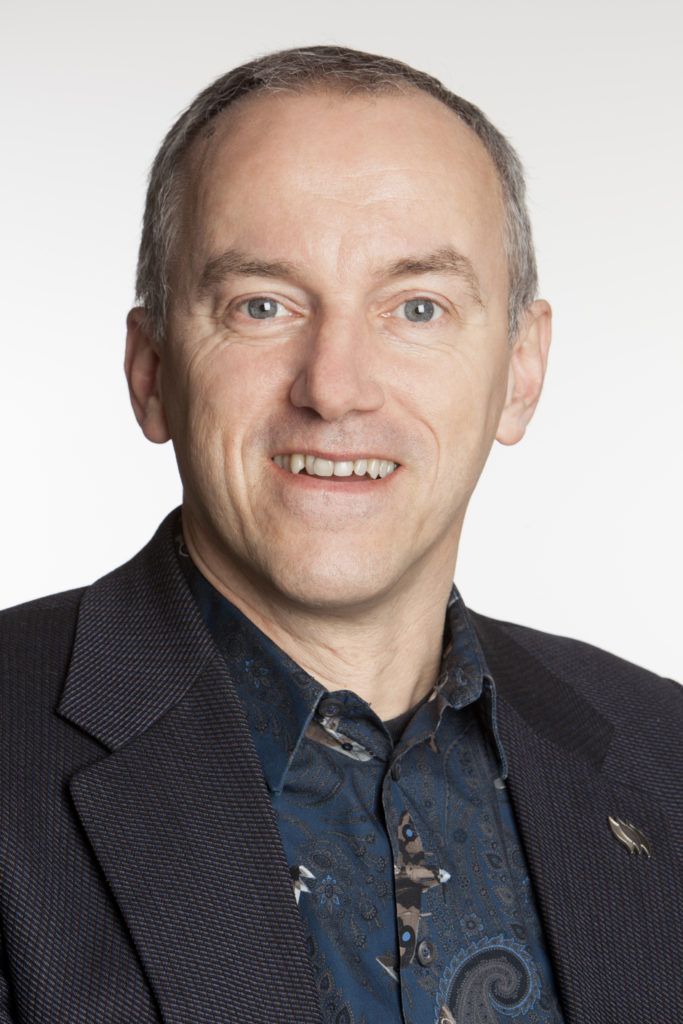
WAY TO BETTER MEETINGS
Q: What is meeting design and why we need to rethink the way we organise our events?
As you will see, every practitioner has a different perspective and they will each work for clients that match their style, culture and priorities. The overarching perspective, irrespective of style and culture is ROI; Return On Investment. If we decide to spend time and money on a meeting, conference or event, we need to get the most out of it. Participants need to go away and do more of what the meeting was set up to do: its objectives. We need to make sure all the objectives are clearly described and prioritized. And only then we should start with design because design needs to support the objectives.
So, meeting design is the second stage in the meeting architects work. It comes after the Identification of objectives and before the execution and measurement. We need to rethink everything we do constantly, not just meetings. And we need to innovate whenever there is a opportunity to do, whatever it is we do, better. Surely in meetings and events. Meetings (whenever and however groups come together) are the most impactful, visible, expressive, the most influential and also expensive moments for groups of people, be it corporate teams or association peers.
Such a moment where everyone invests time and money should most certainly be the best it can be. The importance and complexity is such that a professional is recommendable. And weather this professional is called a producer, meeting designer, communication professional or meeting architect is irrelevant, as long as this person is widely and broadly educated in all segments of meeting architecture so he can be the best ‘master builder’ for the project at hand.
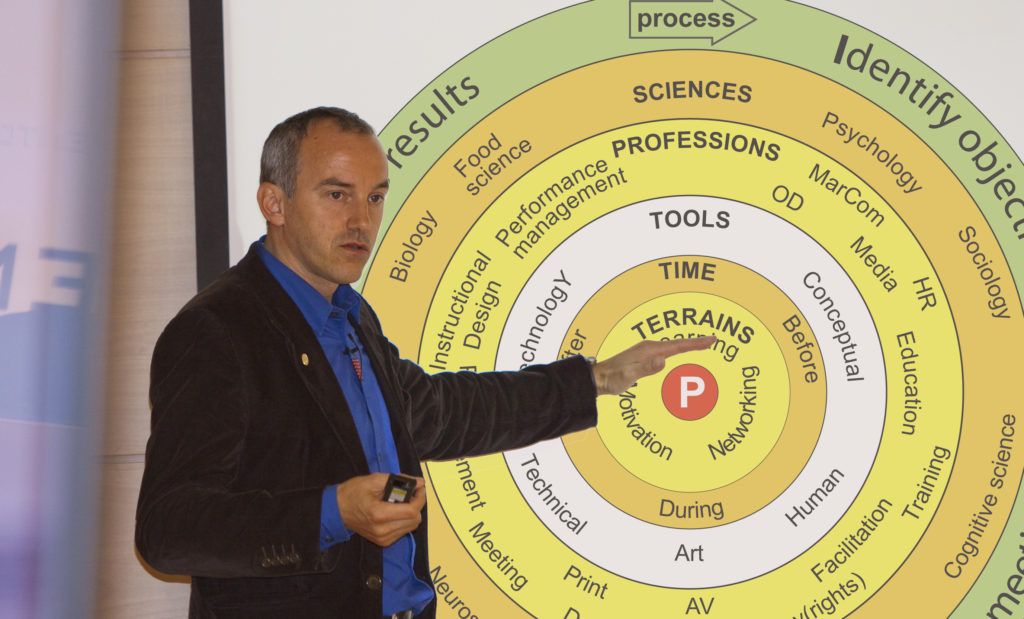
Q: What is wrong with the format of meetings as we have them now?
Nothing is wrong. Unless it does not support the objectives.
Q: What would you do to make a meeting creative and powerful?
Why would I do that? Who says a meeting needs to be creative or powerful? It can be a dry but extremely important technique that feels boring and weak, but has the right impact.
Q: How can venues support meeting design?
In a million different ways, but that would be a book in its own right. Furniture, flexibility, service, creativity, technology and many more categories where venues could work to support the objectives. Everything start with the building and how it is created. Many meeting rooms are fundamentally wrong in the sense that they do not allow for a good meeting. Architects of meeting space still make the same mistakes that create a meeting designers or producer’s worst nightmare.
Q: What’s the best way to implement meeting design for your next event?
Implementation is done by looking at the design plan. That is something any project manager could do. But with the designer keeping a good eye on the execution, helping to understand the design.
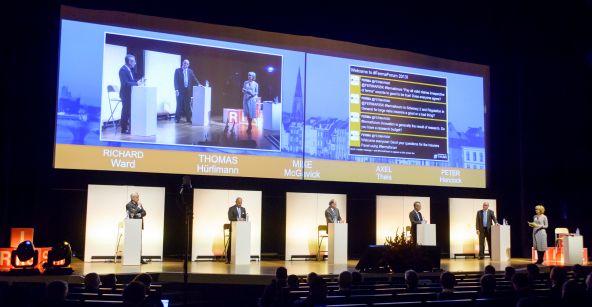
MEETING DESIGNER
Q: Who is a ‘meeting designer’?
To be a designer is quite easy, to be a good one is another question. He who influences the design of a meeting or event is a meeting designer. To be a professional one (one that can live of meeting design) you need enough work and in many event agencies you could find such people but they don’t see themselves as such.
To be a Meeting designer with a diploma is impossible today. And getting a certificate after two three or even 8 days of training, will of course not make you a good, professional let alone a great meeting designer. As a senior teacher and leader from an American University once said after seeing the Curriculum for meeting architecture: ‘This is a four-year course!’ and I hope that one day it will be. In Belgium, it is mandatory to use a qualified architect (5years university) to build a house of 100.000 and the architect remains accountable for the quality of the work for 10 years. We send on events 10 times that or more without anyone with a degree in meeting architecture. Or anything that comes close. It makes you wonder why procurement or Strategic Meeting Management Professionals (SMMP) allows this to happen.
BENCHMARK
Q: Give us an example of one of you favourite and best-designed meetings?
From a discipline perspective: A well designed meeting is one that demonstrates higher productivity / higher impact or even ROI that the one of the year before. From a professional personal perspective, the one where I meet my next biggest client. From a personal perspective, the meeting where I had the most fun.


